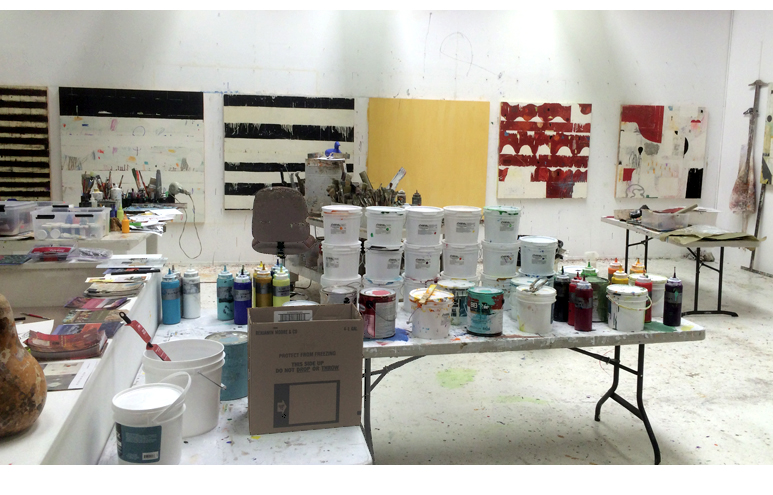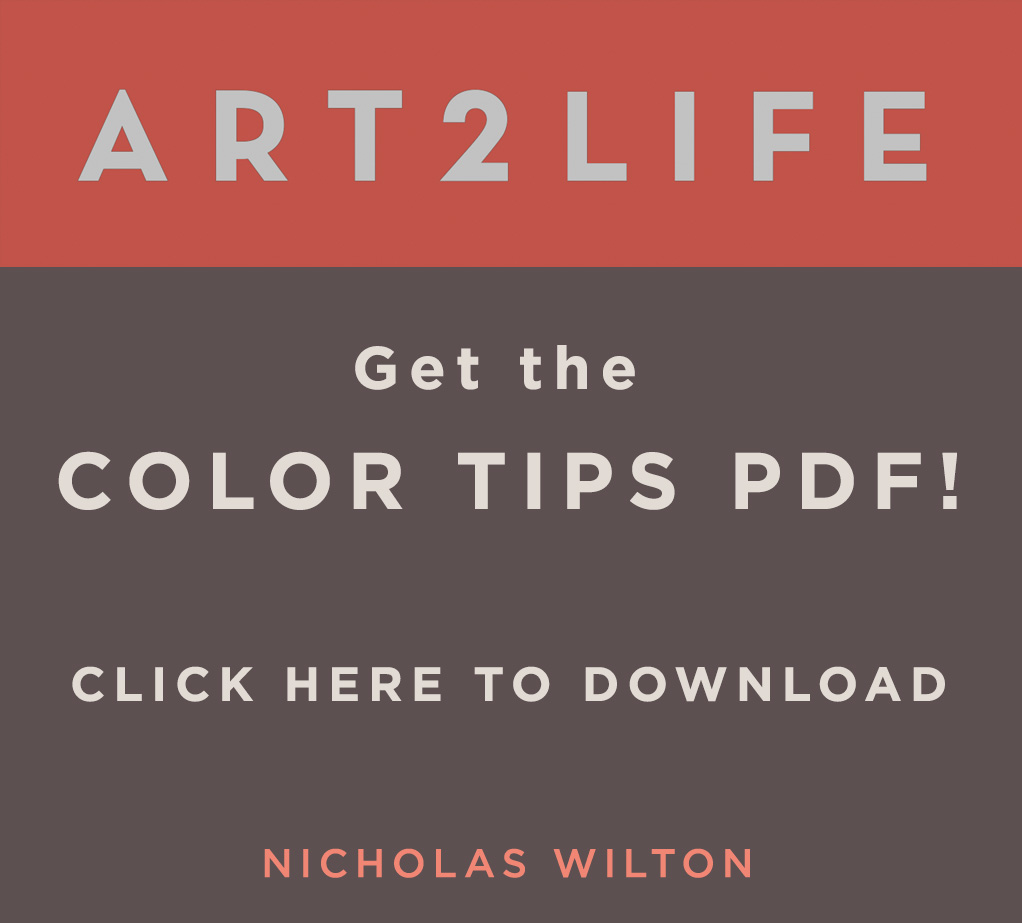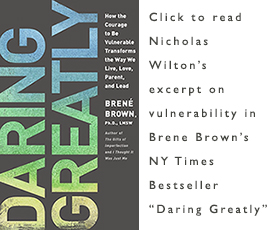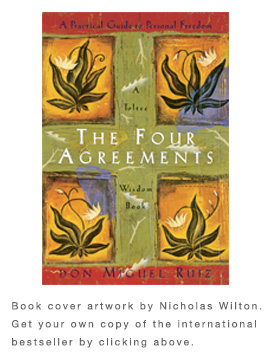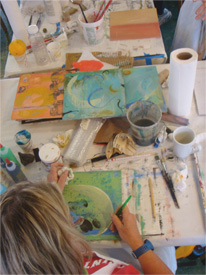The Power Of Difference
In life, it is important that we remain open to different experiences, just like in art. And as we absorb those new experiences we grow as people, and in turn so does our art. The two are inextricably connected.
In keeping with this theme, I have put together a list of differences into a free downloadable PDF; I keep this list close by when I am painting and often look to it for inspiration. Hopefully it will help you along in your artistic practice as well. Just click the link below to get your free downloadable PDF.
https://art2life.lpages.co/list-of-differences/
Best, Nicholas
Why do you make your art?
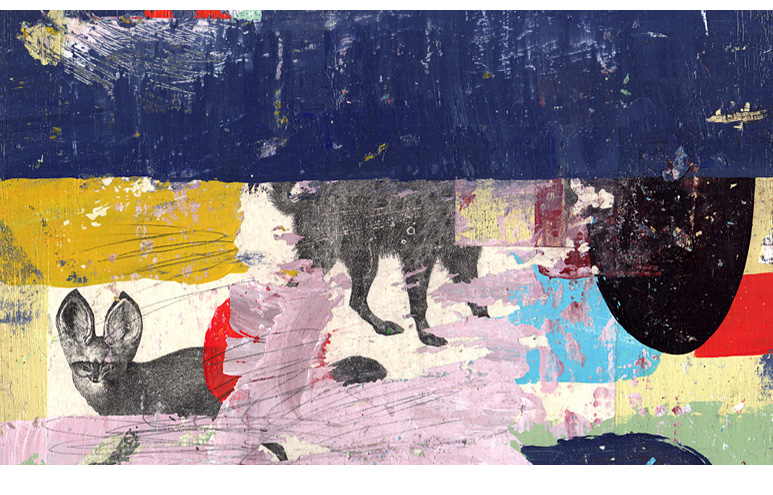 The answer to this question, for me, has never been entirely clear. I made art as a child because I loved getting lost in my imagination. As I grew older, as fewer and fewer of my friends continued with art, I know I liked the attention. It made me feel different from everyone else. I felt valued which, when you are growing up, is especially important.
The answer to this question, for me, has never been entirely clear. I made art as a child because I loved getting lost in my imagination. As I grew older, as fewer and fewer of my friends continued with art, I know I liked the attention. It made me feel different from everyone else. I felt valued which, when you are growing up, is especially important.
But as one matures and grows older these reasons become less sustaining. If you happen to find yourself still making art some 15-25 years later, eventually one does have to ask and ponder the simple question why?
The answer to this question seems to become more nuanced over time I still am not entirely sure why I love to make art, however it is becoming clearer the more art I make. So maybe this question is answered by the progression of one’s art making. Maybe, if we understood the “why” from the very beginning it would not be such a seductive inquiry.
It is difficult to always know our “why”. However, there are clues. Practically every decision in your art making is made by a simple yes or no. Often these are intuitive. A choice between a color, a shape or a direction in your art that can be made just on the basis perhaps of what feels right to you.
The sum total of all these yes’s, in the end, culminates with your finished artwork. It is also the reason that your artwork becomes more and more unique. The somewhat repeating pattern of yes’s and no’s is what gives artists that much sought after “style” or individual distinction.
As the work becomes more clarified, I believe the answer, the “why,” becomes clarified too. We just have to trust that even though the answer is not evident now, in time, by the making of our art, it will be.
What is your Why?
Opposites Attract
When I’m at the beginning stages of a painting and deciding where to go next, I first try to figure out what I like about the piece. I then do the opposite of what I like about that piece – it’s a great way to move forward when you’re looking for a little inspiration.
What do you do when you’re stuck?
Watching The Clock
I’ve found that I tend to paint in increments of 4 to 6 hours at a time. With my newest body of work, however, I decided to do something different: I started to limit myself to 2 to 3 hours per day. I discovered that this focused me, and allowed me to push my work in some exciting new directions.
Do you like to work in short or long bursts? Or do you find it changes? I’d love to know.
It Takes A Long Time To Become Young
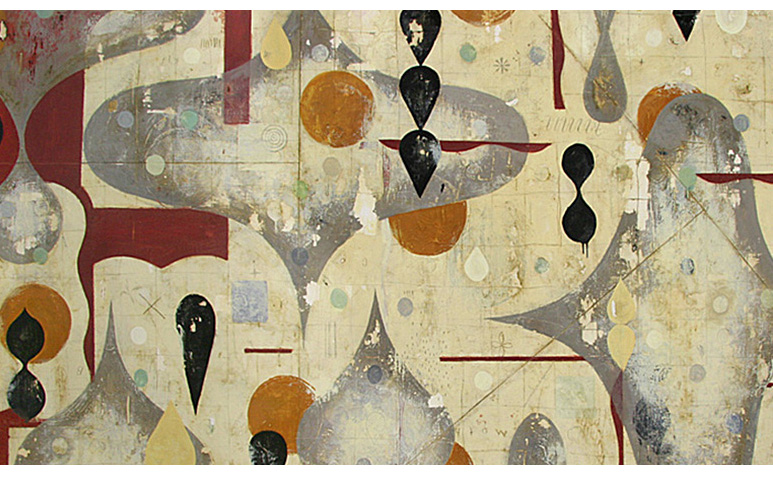 Have you ever noticed that when you are making your art and it is all working out that it is almost as if you are not entirely there? You are driving the bus but it seems like you do not have to try very hard. Almost like it is driving itself. Art making sometimes can feel that easy.
Have you ever noticed that when you are making your art and it is all working out that it is almost as if you are not entirely there? You are driving the bus but it seems like you do not have to try very hard. Almost like it is driving itself. Art making sometimes can feel that easy.
I love it when that happens but it rarely stays that way for long. If I overthink and concentrate too much I lose that ability to just let the art unfold naturally. Instead it feels hard and somewhat forced.
I realize I tend to tighten up when I am over focusing on a new technique or, perhaps, trying something I haven’t before. It seems like the making of the art just goes slower. It becomes more effortful.
However once I have learned that new something, once I have done it a few times it starts to become second nature again. I think it just takes time to integrate new information. And then I start to get those days that art making feels super easy again. It is like I am not even trying.
It reminds me of how I did things as a child. I remember just naturally getting involved in something, following my curiosity wherever it wanted to lead me. There was no agenda. No particular reason to do anything except for the simple joy of doing it. Everything was approached that way.
This is actually how I wandered into art in the first place. It was simply enjoyable.
I found this quote the other day by Pablo Picasso “It takes a long time to become young”
Which got me to thinking.
Maybe that is why it feels so refreshing to occasionally get totally in sync with our creativity. When our art just flows. It feels good, especially now, as busy adults with a world of concerns and long to do lists following us around. Maybe when we fall into that easy place where art making is simply effortless it is a reminder of what is still possible. The way it is supposed to be. Or rather the way it all started out being in the first place when curiosity and joy were simply enough.
Learning To Let Go
I was looking at several nearly finished pieces and I noticed something: with this new body of work, I’ve been leaving more of the original first marks I make, as opposed to covering everything up. This is a bit different from what I normally do, and I am liking this new direction.
How have you developed in your practice? What changes in your approach to art making have you noticed?
Best, Nicholas
Where To Find Your Best Art
If we are thinking about other people’s work when we are making art, then we are not really making our own art. The activity of comparing, admiring, and imitating other people’s work is a very different activity than making your art. These two activities should be kept far apart as they don’t help each other. Making strong art is accomplished more easily by looking within ourselves.
Where do you look when making your art?
In gratitude, Nicholas
Finish From A Distance
When working on a new body of work, I try to start my paintings by first putting in the larger shapes and then using those as a guide going forward.
How do you start a new piece?
Your Best Art Can Be The Easiest
Do you know how sometimes make something that is so good that it even surprises you? It seemed so effortless, and till this day you still kind of wonder how you made it? It is that good.
I have often wondered why I can’t do this more often. I discovered it has to do with my thinking…
Sometimes in making my Art I am overly concerned with results. This usually happens after an absence, when I have not been making art for a week or two. I keep thinking about how it is going to turn out. This mindset doesn’t ever produce my best work. When I am too focused on the outcome, I am simply not present. And then I am no longer able to fully experience the small miraculous thing unfolding in front of me. If my decisions are not based upon what is happening presently, then they cannot possibly all work together to make a cohesive whole in the future.
At some point – usually day two or three – I remember that it is more about enjoying the moment and paying attention to what is happening now, that oddly results in my best work.
Now I no longer wait so long to get back to this understanding. I simply have changed my process.
Quantity over Quality
For me, the way to quickly come back to this understanding is through quantity, not quality. I just start back in doing 5-10 paintings, instead of just one, all at once. This is almost more than I can possibly handle. But this is a good thing. If I can’t possibly understand entirely what I am doing in the present, then having a clear understanding of the future or clinging to an outcome is next to impossible.
In other words, when you are trying to control everything, at least for me, it just kills my art. However, when there are just too many balls in the air to control everything, intuition, spontaneity, and just plain fun creep back into my process. Once I am re-engaged in this way, then and only then can strong work become possible.
My best work oddly feels like I made it without caring. It just kind of happened by accident while I was playing with art materials. And in fact it was…
Art, like life, teaches me again and again that all possibility, all things worthwhile are available if I just can let go and surrender, happily to the present.
It seems to good to be true. But I think it is.
Stonewalls and Art
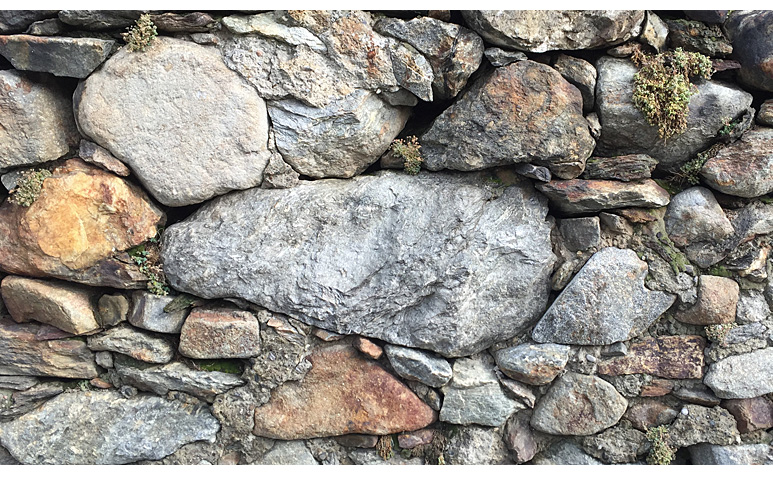 Wandering through the northern Italian town of Tirano, I am struck by the very old, stonewalls. They circumscribe every property, miles of village roadways and impossibly steep hillside terraces. They are simply beautiful. Utilitarian but incredibly artful, their refined quality I can still see. This was how hillsides, roads and olive orchards were delineated and terraced centuries ago.
Wandering through the northern Italian town of Tirano, I am struck by the very old, stonewalls. They circumscribe every property, miles of village roadways and impossibly steep hillside terraces. They are simply beautiful. Utilitarian but incredibly artful, their refined quality I can still see. This was how hillsides, roads and olive orchards were delineated and terraced centuries ago.
I imagine it took decades to complete many of these walls. But since they have existed for centuries, the investment of time and energy seems totally worth it. Whether the wall is in a forgotten corner of the city or lining a barely used road leading up the hill from the center of town, they are all made with the same degree of refinement. Stones are chosen and composed within these walls to complement one another. Large massive stones give way to patterns of smaller ones. Repetition of stone shapes and sizes are as varied and surprising as the pattern or passage of any painting I have ever done.
Walking up these steep village roads linking these tiny mountain Italian villages, the stonework accompanies me for miles. Although the maker of this wall is long forgotten I can feel his calloused but sensitive hands even now. It was only one of many moments in a single day of many but in that moment he, no doubt, held up a stone, felt its weight, considered its most smooth, most flattest side and then for time memorial, placed it just so into this wall.
These walls were not slapped together. You can tell. They are gorgeous displays of craftsmanship, care and design. I wonder if what I spend my time making, paintings composed of questionable brands of store bought oil paint, will last the test of time as well as these walls? How is what I make any different? Like those artisans that made these walls so long ago I too am just demonstrating my selectivity. I too am choosing my preferences in color, shape and line to make something.
Maybe that is just it. That is what all art is about. Whether it is a stonewall, a new recipe, an arrangement of cut flowers or even an abstract painting. It is an orientation to life. That the decisions, the choices we make, do matter especially when they result in something that stands outside of us. When we actually manifest something. It becomes part of the world. We leave it behind as a reminder of who we were and who we became.
Maybe the greatest benefit of our art is not for us. Maybe it is about what is felt and experienced by those who come across what we have made, maybe centuries later. When we too will probably be mostly forgotten. But then, in just a glance, in just a moment they too will get a sense of who we were and what, in the end, mattered to us.
